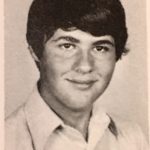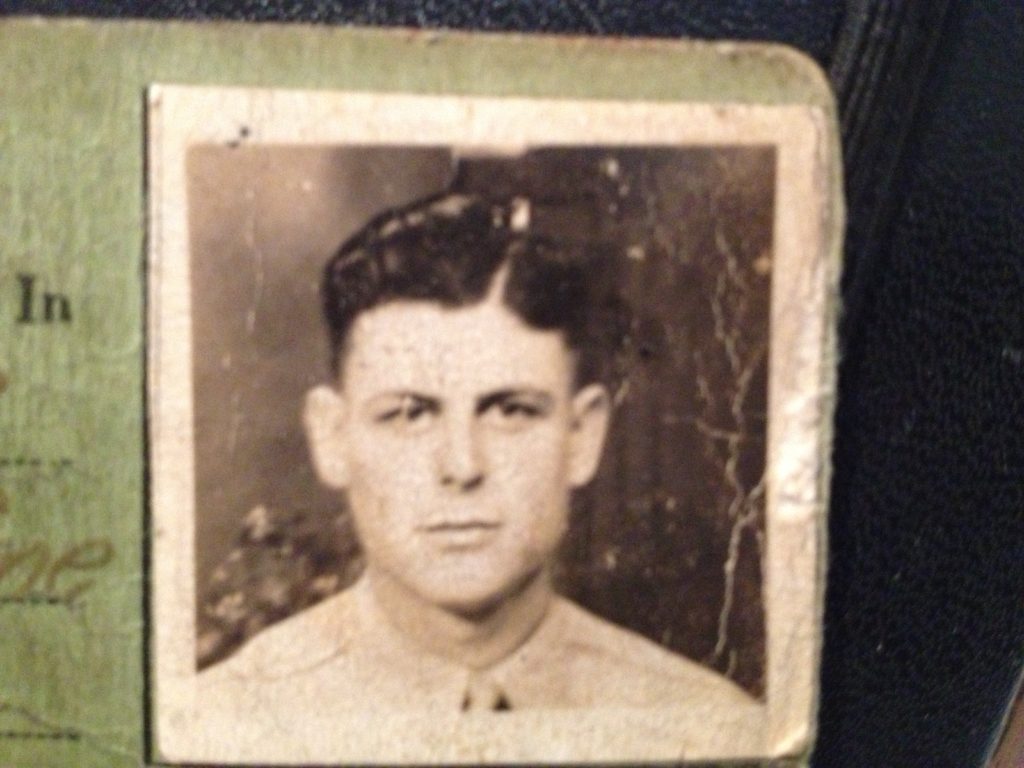SHOPKEEP Excerpt: Highway Song

During the same era as the ‘trailer trash’ saga, one day Pa-paw and I drove over to Hartsville to an auction yard there to look for a particular vehicle he had in mind to sell on his car lot. Little did I know this casual jaunt up U. S. Highway 1 passing Bethune and Cassett would turn into a mind-blowing milestone of a life adventure.
Being only thirteen, I wander looking at cars while he wheeled and deal-ed with other men like him. While I’m most interested in cars and driving, at the time I am likely thinking more about some movie I’m dying to see than anything real right in front of me. The ‘mundane’ world in which I dwell bores me tears. Only starships and epic cinematic japes seem really ‘real’ to me. I harbor no idea nothing could be less real than all the things which interest me.
“Look here at this Cutlass,” he says a few minutes later, coming over with another of the men with their straw hats and stomachs and polyester slacks. We stand beside a beige-colored mid-sized late model sedan, the make and manufacturer of which unfortunately escapes me. I might remember such details better (and I’m surprised I don’t) if his next words hadn’t been so shocking:
“You think you can drive this car back home? Following behind me?”
You’ve never met anyone better at remaining stoic in the face of an outrageous turn of events. Two or three other men, at least in my memory, were now standing there with hands on hips. “Sure,” I said, my voice cracking. “Of course.”
The truth? I had never before touched the gearshift or steering wheel of an automobile.

Let’s say it was a 77 Olds Cutlass. Something like that.
Okay. That’s not true at all—I had been driving, more or less knew how to operate a vehicle. Not on the sly—I had been shown a little bit about driving, probably by all the men in my family including Pop and my uncles Alvin and Bubba. It was 1978 (or possibly summer 1979), I was thirteen, we lived in a rural area and by then a boy is learning how to operate machinery. In fact, during this era my mother carpooled to work with another lady living over in Kershaw County, and mom’s huge green 1976 Ford Thunderbird often sat idle all day, the keys hanging on the board in the kitchen.
Of course I drove it around.
At first I drove the T-bird in our yard, but once I left some marks on the grass I realized this was foolish. Naturally from here I progress to taking it out in the neighborhood. I more or less taught myself to drive this way, and a few times I even took out my friends like Ernie and Kenny for a spin. Ah, the Gen X free-range childhood—I can’t imagine a better one.
I climb into my grandfather’s new automobile purchase from the dusty Hartsville auction yard and put it into reverse.
“Back it up slow,” I hear a man say.
I push on the gas. Nothing happens. I push harder.
The car lurches backward. “Whoa, whoa, whoa,” all the men seem to be saying at once, a flurry of arms waving in the rearview and side mirrors. My heart pounding, I jam on the brake and shove it back into park.
“He ain’t gonna need to go into reverse none on the trip,” I hear Pa-paw say. “I sure hope not,” another man replies.
Next thing I know we’re on the road back to Lugoff, a two-lane highway through the countryside. I cannot believe it—I’m driving on the open road, my grandfather in his blue Riviera up ahead.
I roll down the window. I put on the radio, trying to find WPUB. I rest my arm on the door and feel the warm South Carolina wind blowing across my face. A pop song I love, “Don’t Fear the Reaper,” comes on the radio.
Seasons don’t fear the reaper, nor do the wind, the sun or the rain…
I have never felt more free and alive. I feel like an adult, behind the wheel of his car. Amazing.
Once we get closer to Camden and the stoplights therein, he begins signaling for me to slow down, stop, and continue on behind him after the light changes.
Driving through my familiar towns of Camden and Lugoff, crossing the bridge over the Wateree River, seems downright surreal.
A few minutes later we pull into his small used car lot. I get out and hand him the keys. “You done good, son.”
I don’t recall if we agreed to keep this little adventure between us, nor do I recall any fallout. Sure, my grandmother and mother would probably have had a fit at learning of this decision on his part, but then again, times were different back then.
And if it seems to anyone below a certain age reading this now like my grandfather’s decision was the action of a crazy person or simply a colossally stupid risk, don’t forget that you have been raised in a controlled environment in which risk mitigation rules over the possibility of miraculous results from the taking of risk and acceptance of life’s essential layer of unpredictable potential danger. You may not have a realistic view of life or how to live it, if fear is the key facet of your consciousness driving all decision making.

My grandfather, James D. Kennington, from his WW2 military ID.
Yes, I sense your shock, but sorry-not-sorry. Nowadays blustery, fearful, passionate safety-above-all advocates would want Pa-paw put in jail for such an allegedly irresponsible move as letting an unlicensed thirteen year-old operate a motor vehicle at full speed on a state highway. But to this I say, get real—to a man who had landed on Omaha Beach in the third wave on D-Day, had driven for General Patton and had fought and survived the rest of the war only to come home only with PTSD and a wrinkled photo of the other fellows in his unit, a kid driving a car twenty miles on a bright afternoon in rural South Carolina may not have seemed all that spectacularly dangerous.
Perspective is key. And right now we live in a world which needs a serious adjustment and refinement of its perspective regarding the truth definitions of ‘danger’ and ‘risk,’ none of which will be found coming over the airwaves of corporate messengers and social engineers masquerading as putative ‘news’ sources. But I digress.
About dmac
James D. McCallister is a South Carolina author of novels, short stories, journalism, creative nonfiction and poetry. His neo-Southern Gothic novel series DIXIANA was released in 2019.